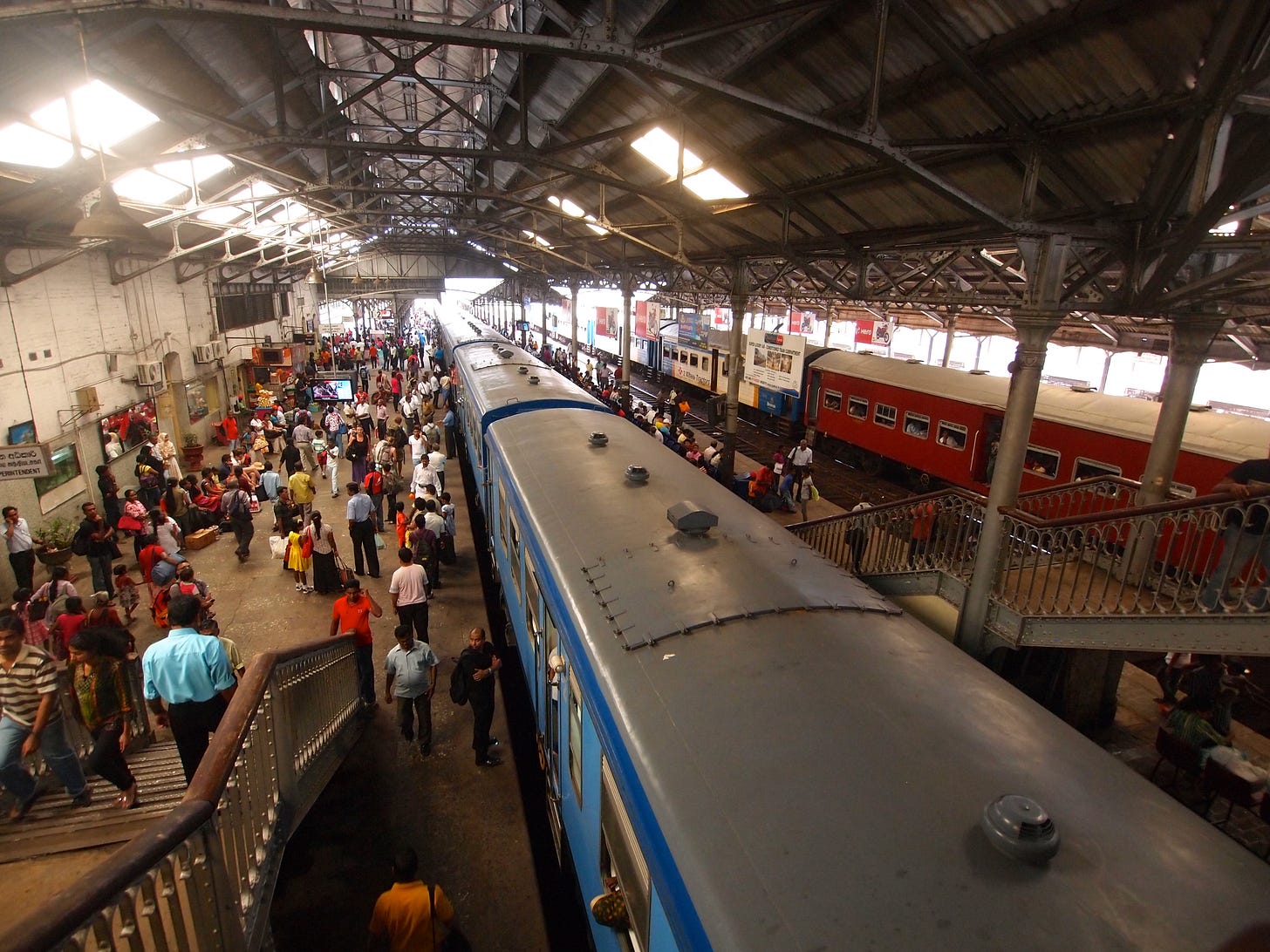From Colombo to Ancient Kingdoms
Tracing stillness, stories, and self through ruins, railways, and slow travel
Sri Lanka greeted me with the kind of humidity that clings to your skin like a second layer. I stepped out of Bandaranaike International Airport and into Colombo’s gentle chaos—tuk-tuks zipping past in flashes of colour, vendors calling out from roadside stalls, and the scent of spiced tea curling through the air. This wasn’t my first time in South Asia…




